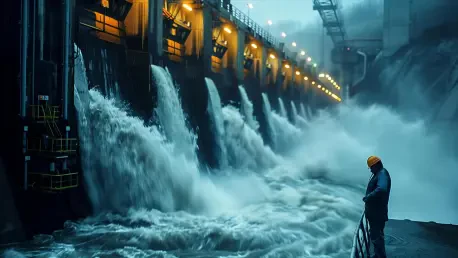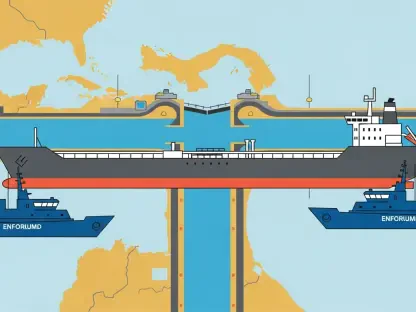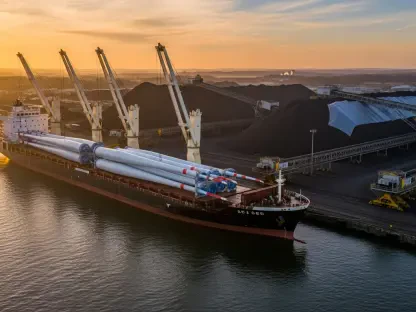The International Hydropower Association has revealed that China’s hydropower sector is on track to exceed its 2030 pumped storage target by more than 8%, with projections reaching 130 GW. Amid global shifts, China’s market dynamics offer a fascinating glimpse into strategic foresight and infrastructure innovation, reflecting broader implications for energy landscapes worldwide.
Analyzing China’s Hydropower Expansion Strategy
China’s pursuit of renewable energy sets a paradigm, demonstrating how deliberate governmental policies, near-constant technological advancement, and urgent energy demands converge to sculpt a leading example in global energy storage. This analysis investigates China’s journey, detailing economic strategies alongside the influence of comprehensive policies that have defined the nation’s renewable landscape.
Examining Key Milestones in China’s Hydropower Development
China’s transition from a coal-centric energy model to a more balanced energy portfolio is instrumental in understanding its current position in the hydropower sector. Key historical milestones illustrate the critical role of strategic investment and policy evolution. These steps chart a trajectory marked by innovation and foresight, critical for contextualizing modern developments and barriers within this rapidly evolving field.
Investments and Technological Advancements in Hydropower
Syncing Renewable Resources with Storage Systems
China’s strategy for hydropower expansion heavily focuses on integrating wind and solar power fluctuations into its grid, as evidenced by adding 7.75 GW of pumped capacity. The massive scale of construction underway demonstrates the depth of investment driving this sector. Exploring these practical elements, we identify the benefits of China’s methodological approach to renewing its energy infrastructure against a backdrop of global dynamics and associated challenges.
Global Comparisons: Understanding International Hurdles
China’s rapid progress in hydropower often stands in contrast to hurdles faced in other East Asian and Pacific regions. Despite the overall increase of 24.6 GW in global capacity, challenges such as financial strains, high startup costs, and long-term returns deter similar growth rates internationally. This section delves into comparing these disparities, highlighting how distinct economic and regulatory environments shape unique development trajectories.
Navigating Complex Regulatory Landscapes
While China’s hydropower achievements are notable, their complexity often remains understated. Regulatory barriers and regional disparities present intricate challenges that require skilled navigation. This analysis provides a nuanced view, elucidating the interplay of opportunities and constraints within the sector. By dispelling common misconceptions, it becomes clear that China’s hydropower ascension results from a complex dance of innovation and strategic problem-solving.
Projecting the Future of Hydropower Technologies
As technological innovation thrives, China’s hydropower development continues to evolve with cutting-edge smart technologies, refined policy innovations, and economic shifts. These advancements signify ongoing progress in tandem with the global energy crescendo. This section discusses the promising pathways in China’s hydropower expansion, underlining how smart cooperation and technological prowess will sustain this trajectory and support environmental sustainability.
Practical Strategies for Overcoming Sector Challenges
Drawing from this comprehensive analysis, key strategies can support stakeholders navigating the complexities within this burgeoning field. Recommendations include prioritizing investments, fostering collaborative frameworks, and embracing new technologies to realize tangible impacts. Such strategic insights hold value for professionals, policymakers, and industry observers aiming to leverage opportunities in the hydropower domain.
Reflecting on Global Renewable Advancements
China’s expansion in pumped storage hydropower stands beyond a mere milestone, representing a pivotal transition toward more sustainable global energy frameworks. By understanding its strategic execution, countries worldwide gain valuable insights into advancing collaborative energy ventures. With synchronized global strategies, the future of hydropower holds vast promise, encouraging further progress in environmental innovation and systemic integration.









